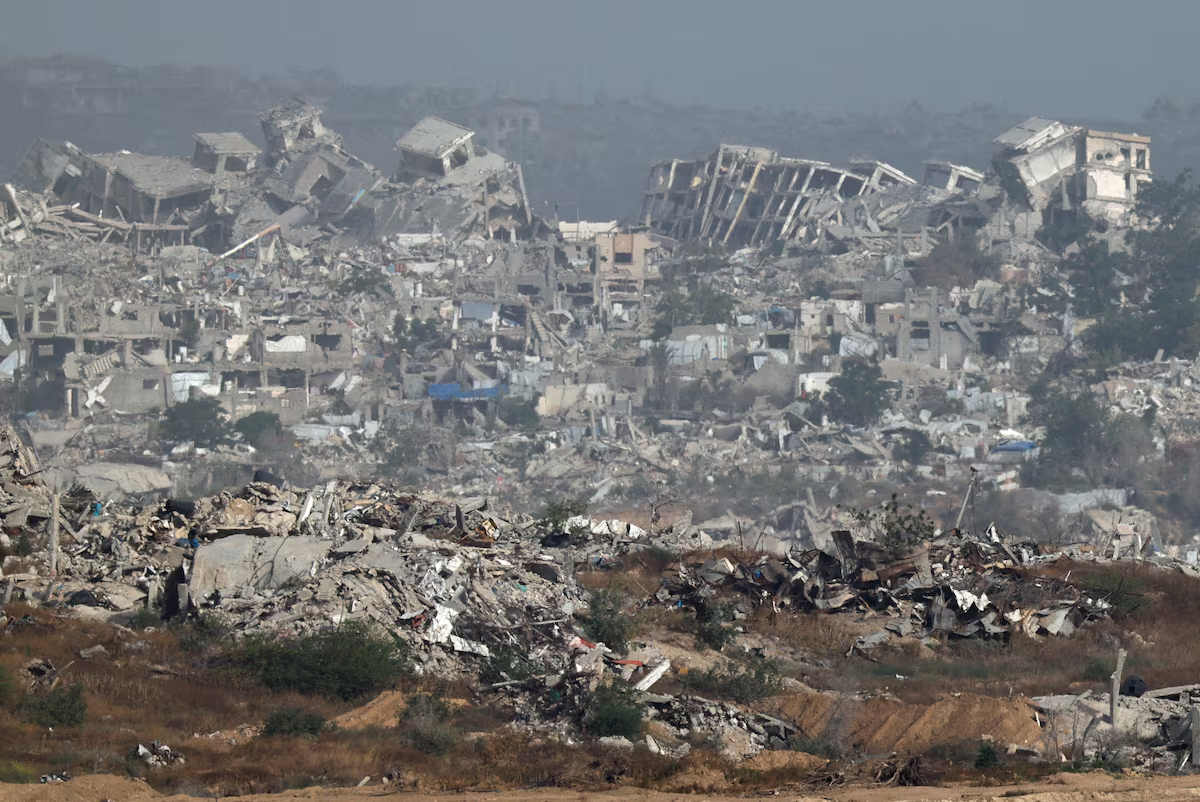India and Pakistan are rapidly expanding their military drone programs, marking the start of a new arms race between the nuclear-armed rivals, according to officials, analysts, and defense industry data cited in a report published by Reuters on May 27, 2025.
Recent skirmishes and drone activity along the Line of Control (LoC) in Kashmir have highlighted the increasing reliance of both sides on unmanned aerial vehicles (UAVs) for surveillance, intelligence, and targeted strikes.
Defense experts say the rising use of drones in cross-border engagements is reshaping the military dynamics in South Asia and raising concerns about regional stability and escalation risks.
Recent Drone Engagements
The report details a series of drone encounters, including incidents where Indian forces have downed Pakistani drones, and vice versa. While both governments have avoided publicizing all such events, defense sources confirm an uptick in covert drone deployments, electronic warfare tactics, and drone-based reconnaissance missions.
India’s military has deployed drones for both high-altitude surveillance and precision strikes, while Pakistan has focused on low-cost, mobile drone fleets that can penetrate Indian airspace undetected.
Growing Investments in Drone Technology
India and Pakistan have both significantly increased investments in drone technology, partnering with domestic firms and foreign suppliers. India has acquired drones from the United States and Israel, while Pakistan has expanded cooperation with China and Turkey.
Indian defense companies are now working on AI-enabled drones, swarm technology, and long-range UAVs, while Pakistan is producing combat drones through joint ventures.
Defense analysts say this technological buildup is part of a broader strategic shift, with drones becoming central to border defense, counterinsurgency operations, and targeted strikes.
Strategic and Political Implications
The report notes that the drone race is adding a new layer of complexity to the longstanding India-Pakistan conflict. Military planners worry that a drone strike gone wrong — especially on civilian infrastructure — could trigger rapid escalation.
Experts also caution that the increasing use of autonomous or semi-autonomous systems in a volatile environment poses serious risks, especially with limited communication and trust between the two countries.
“The threshold for conflict is being lowered by these technologies,” one defense analyst told Reuters.
Global Reactions and Market Trends
International defense contractors are closely monitoring South Asia’s drone race, with several companies seeking to expand sales and partnerships in the region.
According to defense industry data, both countries have quadrupled their drone procurement budgets in the past five years, with additional funding earmarked for counter-drone systems and electronic warfare.
Outlook
The report concludes that the India-Pakistan drone race is intensifying, and while it may improve tactical capabilities on both sides, it also increases the risk of unintended confrontation.
Military and policy experts are calling for confidence-building measures, drone-use protocols, and bilateral talks to prevent accidents or miscalculations that could lead to broader conflict.
Source; Reuters



